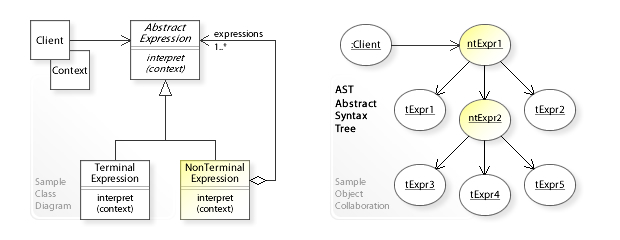Compilers and Languages
- Introduction to Compilers and Languages
- History of Programming Languages
- Language Design Criteria
- Basic Concepts of Programming
- Imperative Programming Paradigm
- Object-Oriented Programming Paradigm
- Functional Programming Paradigm
- Scripting Programming Paradigm
- Logic Programming Paradigm
- Modern Programming Languages
- Concepts of Compiler Design
- Advanced Compiler Design
Introduction to Compilers and Languages
Understanding Principles of Translation in Programming Languages

Program that executes source code without a separate compilation step.
The process of translating high-level code into machine code is a fundamental aspect of programming. This process is facilitated by compilers and interpreters, which take the code written by programmers and convert it into a form that the computer can understand and execute. This article will delve into the principles of translation, focusing on the role of lexers and parsers, as well as error detection and handling.
The Translation Process
When a programmer writes code, they do so in a high-level language such as Python, Java, or C++. These languages are designed to be easily understood by humans, but they are not directly executable by a computer. The computer operates on machine code, a low-level language that consists of binary instructions. The process of converting high-level code into machine code is known as translation.
The translation process involves several steps. First, the high-level code is broken down into its constituent parts, a process known as lexical analysis. Then, these parts are checked to ensure they form a valid program according to the rules of the language, a process known as syntax analysis or parsing. Finally, the meaning of the program is determined, a process known as semantic analysis.
Lexers and Parsers
A lexer, or lexical analyzer, is the first stage of the translation process. The lexer takes the high-level code and breaks it down into a series of tokens. Tokens are the smallest meaningful units of the program, such as keywords, identifiers, operators, and literals.
Once the code has been tokenized, it is passed to the parser. The parser checks the tokens against the grammar of the language to ensure they form a valid program. The grammar of a language defines the correct sequence and nesting of tokens. If the tokens form a valid program, the parser generates a parse tree, a hierarchical structure that represents the structure of the program.
Error Detection and Handling
During the translation process, errors may be detected. These errors can be broadly categorized into two types: syntax errors and semantic errors.
Syntax errors occur when the program violates the grammar of the language. For example, a missing semicolon at the end of a statement in a language like C++ would result in a syntax error. Syntax errors are detected by the parser during the syntax analysis phase.
Semantic errors, on the other hand, occur when the program violates the rules of the language that are not related to syntax. For example, trying to divide a number by a string would result in a semantic error. Semantic errors are typically detected during the semantic analysis phase.
When an error is detected, the compiler or interpreter typically outputs an error message indicating the type and location of the error. The programmer must then correct the error before the program can be successfully translated and executed.
In conclusion, understanding the principles of translation is crucial for understanding how programming languages work. By understanding the roles of lexers and parsers, as well as how errors are detected and handled, programmers can write more effective and error-free code.